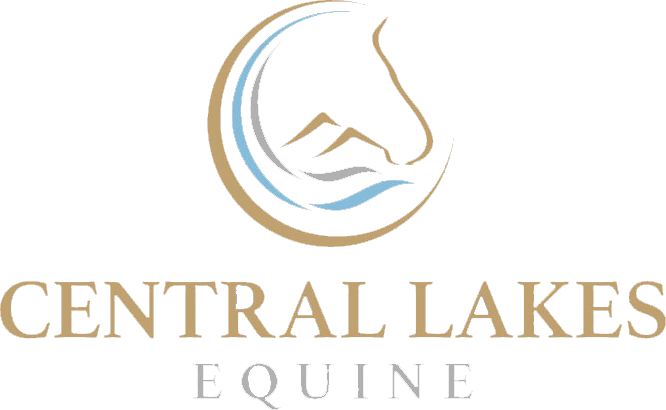Eyes Wide Open for the spring
Well I am pretty sure Spring is here! We are having some beautiful days now.
In the last week I have seen a few horses with eye problems so I thought it would be a good topic for this week.
Eye conditions are important to investigate and resolve quickly as retention of complete vision for our horses is paramount. Unfortunately eye conditions can deteriorate rapidly so an emergency phone call is always warranted to seek further advice.
Traumatic Eye Injuries
The horse usually presents with a swollen eye or a closed eye. It is usually just one eye that is affected. It is my job to check for any foreign material in the eye. I also would stain the eye with a green dye called ‘Flourescein’. This allows visualisation of the corneal structure and health, and can highlight any ulceration present. The cornea of a horse heals very slowly which increases the risk of bacterial infection. Topic anti-biotics are often used to prevent this from occurring. The eye must be monitored carefully until it is fully healed.
A little tip: Next time you look at your horses face from the front, note their upper eyelash angle. When a horse has a sore eye, the affected side will show a reduced eyelash angle, ie the upper lashes point down to the ground more in comparison to the opposite side. This is the earliest indicator of an underlying problem.
Sun Damage
Any horses with non-pigmented skin, pink skin, or if they have a pale iris colour, are going to be much more sensitive to sunlight. You will notice some colour dilute horses squint in the light, or seek shade. To help reduce sun exposure to these horses you can provide shade, or more commonly a shade hood. I would recommend you choose one that doesn’t need a halter to be worn in addition, and one that does up with Velcro: If the horse gets it caught on anything it should then rip off.
Horses with this lighter skin colour around their eyes and also the nose are very prone to skin cancer. The best cure is prevention. Keep them out of the sunlight as much as possible, and monitor for any scab like changes in the skin or mucosa. Keep a hood on them during sunlight hours and put sun cream on their noses (powder or cream varieties).
Equine Recurrent Uveitis
This is the last eye condition I want to touch on briefly today. This is often a life long condition for the horse, but can be controlled with careful management. This condition occurs often for unknown reasons, or it can follow a traumatic eye injury. (Following a traumatic eye injury, ocular (eye) inflammation needs to be controlled to prevent this condition from occurring).
The eye becomes inflamed which is seen within the uveal tract; this includes the iris and lens structures. Initially the eye appears is painful for the horse (the eyelids are held slightly closed) and the pupil is smaller than it should be. The clear fluid inside the eye can look speckly when a light is shined across it. If the condition is not controlled then it can progress to cataracts, scarring between the iris and lens, and ultimately retinal changes associated with vision loss. The aim of the treatment is to rule out any underlying causes e.g Equine Recurrent Uveitis can rarely be associated with a systemic (body) bacteria infection of Leptospirosis. Following this, it is important to use medication to treat the painful eye, and then most importantly prevention the condition from returning. Because this condition often affects both eyes it is often difficult to notice these subtle changes. The eyelash angle tip I gave above is a very effective diagnostic tool for this condition.
During a pre-purchase examination this condition is always checked for. Appaloosa horses can have a mild but quietly progressive form which can lead to glaucoma and vision loss.
My final words would be to remind you all that eye injuries are a serious injury for your horse. Please get immediate advice.
Have a great Fathers Day!!





